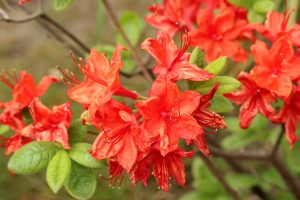In this comprehensive guide, we’ll explore the life cycle of hostas, their care requirements, and why they have become a staple in gardens across the globe.
Understanding Perennials: What Makes a Plant a Perennial?
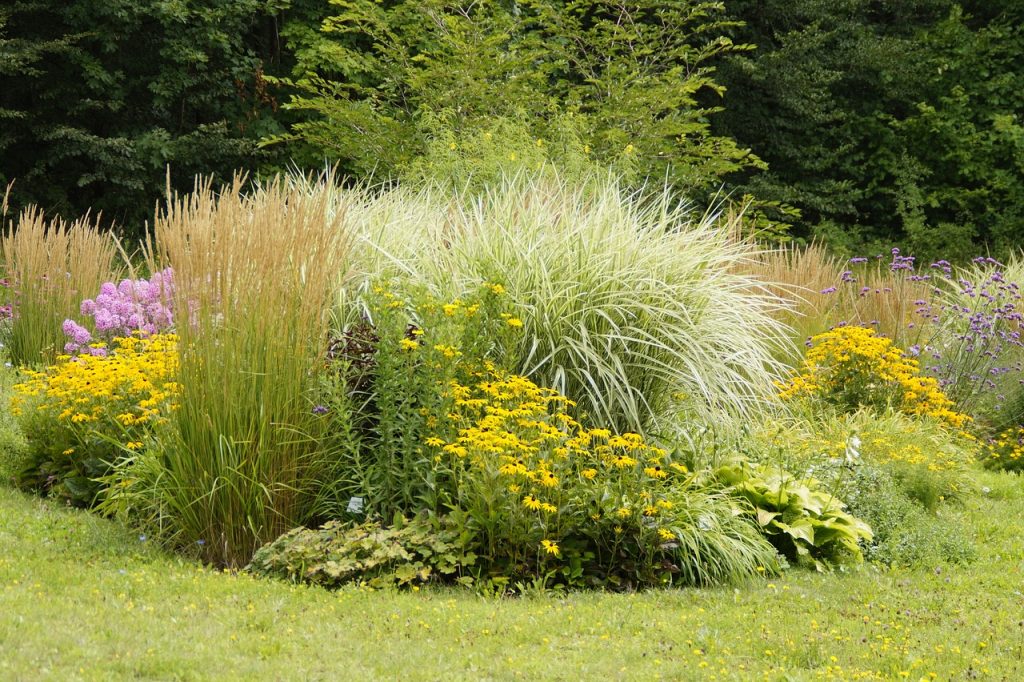
Before diving deep into the world of hostas, it’s essential to clarify what defines a perennial. In botanical terms, perennials are plants that live for more than two years, returning season after season. Unlike annuals, which complete their life cycle in a single growing season, and biennials, which finish their life cycle over two years, perennials persist, regrowing each spring from their root system.
Hostas fall firmly into the category of perennials. After flourishing through the growing season, these hardy plants die back in the fall but re-emerge in the spring, demonstrating their perennial nature. This resilience allows them to adapt over time, making them ideal for various environments and climates.
The Life Cycle of Hostas: From Dormancy to Flourishing
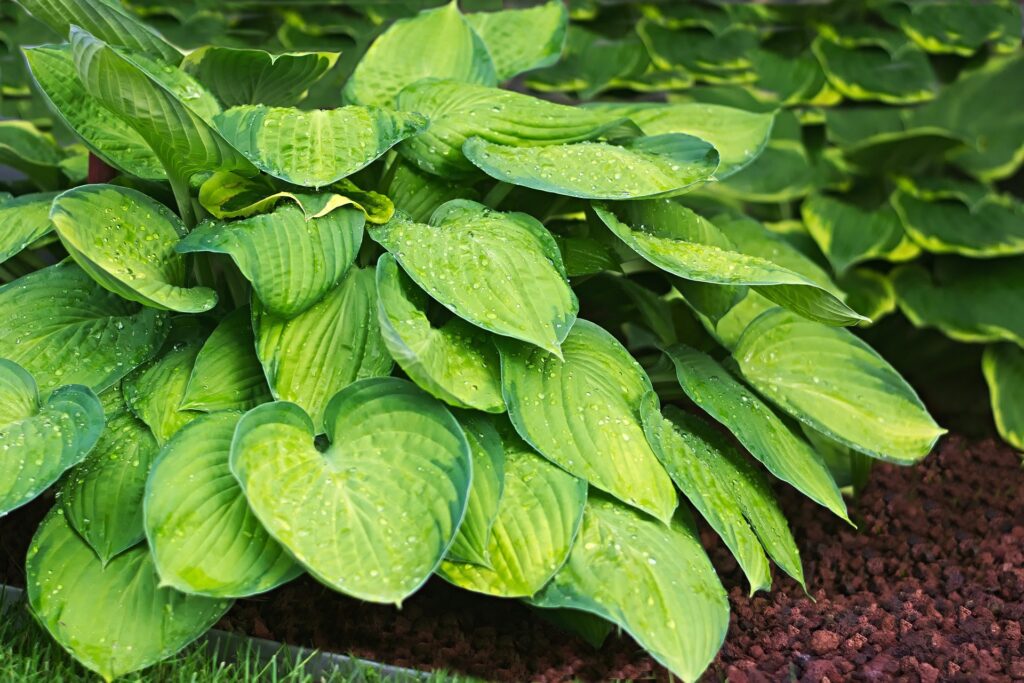
Hostas follow a compelling life cycle that is characteristic of many perennials. Understanding this cycle can help gardeners appreciate the rhythm of these plants throughout the seasons.
Spring Awakening: As winter melts away, hostas begin to awaken from dormancy. You’ll start to see the first signs of life with the appearance of their vibrant leaves, which unfurl in a variety of shapes and colors. This early growth phase is crucial for the plant as it gathers energy from the sunlight to support its development throughout the year.
Summer Growth: During summer, hostas are in full swing, boasting lush foliage that varies from deep greens to stunning blues and variegated patterns. This is also the time when they may produce spikes of flowers, which can vary in color from white to lavender. While the flowers add beauty, it’s the foliage that is primarily appreciated by gardeners.
Fall Fading: As autumn approaches and temperatures cool, hostas begin to prepare for dormancy. Leaves may start to yellow and die back, and it’s a signal that the plant is conserving energy. This phase is crucial as hostas store nutrients in their roots, ensuring a robust return in the spring.
Winter Rest: In winter, hostas enter a non-active state, often going completely dormant. The above-ground parts may die back to the ground, but the roots remain alive, resting and preparing for the cycle to start anew.
Why Hostas are Perfectly Suited for Perennial Gardens
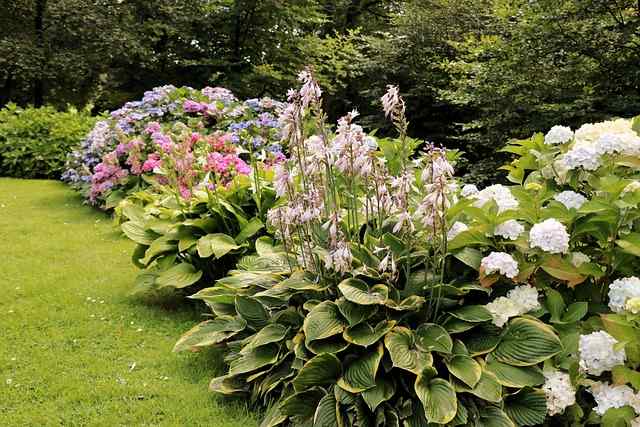
Hostas hold a revered position in perennial gardens due to their adaptability and aesthetic appeal. Let’s delve into some reasons why they stand out:
Shade Tolerance: One of the standout qualities of hostas is their ability to thrive in shaded areas where many other plants struggle. Their love for shade allows gardeners with dimly lit yards to enjoy a vibrant plant life.
Diversity of Varieties: The world of hostas is rich and diverse. With thousands of varieties available, you can find everything from small, compact types for borders to large specimens that can dominate garden spaces. Varietals can exhibit stunning foliage colors, sizes, and shapes, making hostas an incredibly versatile choice for any garden design.
Low Maintenance: Once established, hostas require relatively low maintenance. While they prefer moist soil rich in organic matter, they don’t demand constant attention. This makes them a favorite for both novice gardeners and seasoned horticulturists looking for reliable, easy-going plants.
Companion Planting: Hostas pair beautifully with other shade-loving plants, creating multi-layered gardens with contrasting textures and foliage colors. They can serve as an excellent backdrop for ferns, astilbes, or even annual blooms that pop against their leaves.
Cultivating Hostas: Caring for Your Perennial Investment
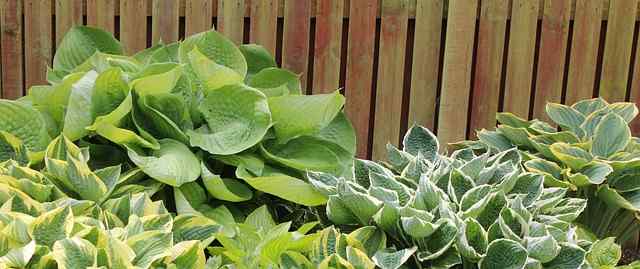
To ensure your hostas thrive, it’s essential to understand their care requirements. Here are some best practices for growing these remarkable perennials:
Site Selection: Choose a location with partial to full shade. While some varieties are more tolerant of sunlight, most hostas perform best when shielded from the harsh afternoon sun.
Soil Quality: Hostas prefer rich, well-draining soil that retains moisture but doesn’t become waterlogged. Amending your soil with organic matter such as compost or well-rotted manure can provide the nutrients these plants crave.
Watering: Consistent moisture is crucial, particularly during dry spells in summer. However, be cautious not to overwater. An ideal strategy is to water deeply but less frequently, allowing the soil to dry slightly between waterings.
Fertilization: A slow-release, balanced fertilizer can promote healthy growth, especially in the spring. However, be careful not to over-fertilize, which can lead to lush foliage with fewer flowers.
Protection from Pests: While hostas are generally hardy, they can be prone to pests such as slugs and snails. Implementing natural deterrents or organic treatments can help keep these nuisances at bay.
Common Misconceptions About Hostas and Their Care
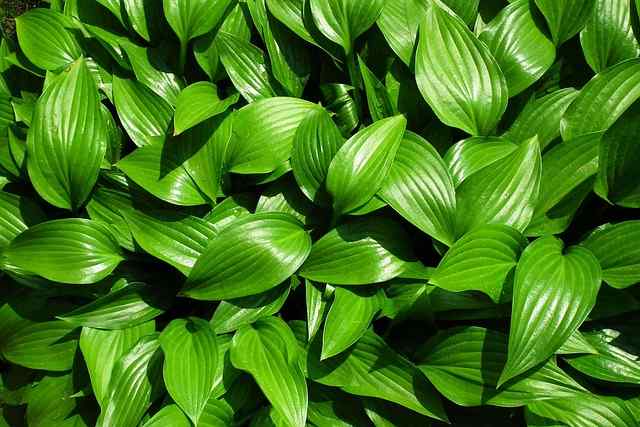
Despite their popularity, several misconceptions about hostas can lead to misunderstandings among gardeners:
Myth: Hostas are Only Shade Plants. While it’s true that most hostas thrive in shade, some varieties can tolerate partial sun. Researching specific types can help you choose the right hostas for your burning sun spots.
Myth: They Require Constant Watering. Hostas do enjoy moisture, but they also need well-draining soil. Excess water can lead to root rot.
Myth: They Only Produce Green Leaves. Hostas come in a vast array of leaf colors, with some exhibiting amazing blues, yellows, and variegated patterns.
Hostas Across the Seasons: Charting Their Progress Through the Year
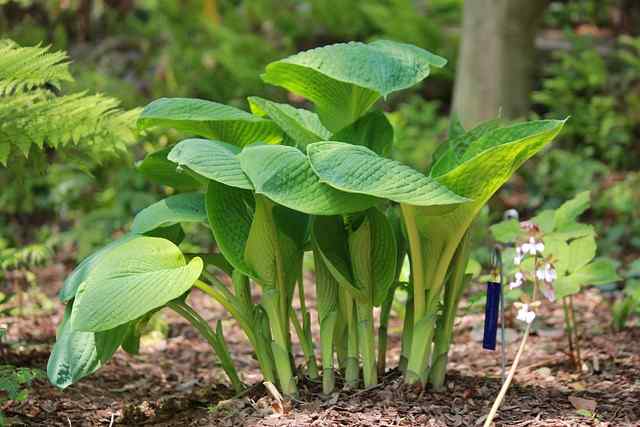
When placed in a landscape, hostas can dramatically alter the aesthetic of your garden across the seasons:
Spring: Bright green shoots breaking through the soil can bring joy and anticipation. It’s an excellent time for mulching to retain moisture.
Summer: This is the showstopper period when hostas burst into full display. The colors of their leaves become more pronounced, and blooms can transform a dull area into a lively one. If you’re a pollinator enthusiast, you’ll appreciate their flowers attracting bees and butterflies.
Autumn: The leaves start to turn as they prepare for dormancy. This change can add depth and transitional color to a garden bed, providing a beautiful visual until the frost arrives.
Winter: The garden might look dull without hostas visible. Consider incorporating winter interest plants or decorations during this time, making your garden attractive year-round.
The Environmental Benefits of Hostas as Choose Perennials
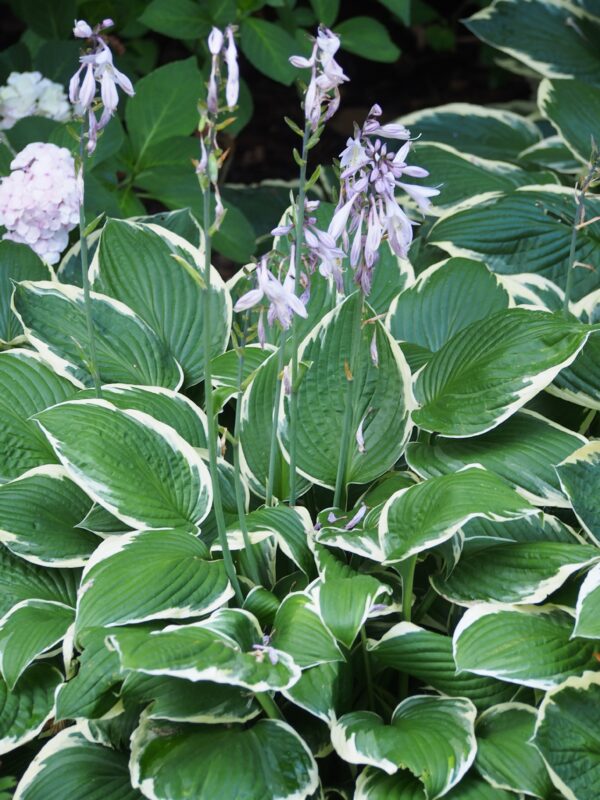
Beyond their beauty, hostas provide several ecological benefits, solidifying their reputation as a favorite in perennial gardens:
Soil Stabilization: With their robust root systems, hostas help maintain soil structure, preventing erosion in shaded areas.
Wildlife Support: The flowers of hostas attract various pollinators, playing a small yet vital role in supporting local ecosystems.
Biodiversity: By planting hostas alongside other perennials and native species, you’re promoting biodiversity, enriching your garden’s flora and providing habitat for various forms of wildlife.
Conclusion: Why Hostas Deserve a Place in Every Garden
So, are hostas perennials? Absolutely. These remarkable plants not only showcase the best aspects of perennial gardening, but they also provide beauty, ease of care, and environmental benefits. Whether you are a novice gardener or an experienced enthusiast, hostas should be considered for your garden plans. Their adaptability and visual appeal make them a wise choice that pays dividends year after year.



